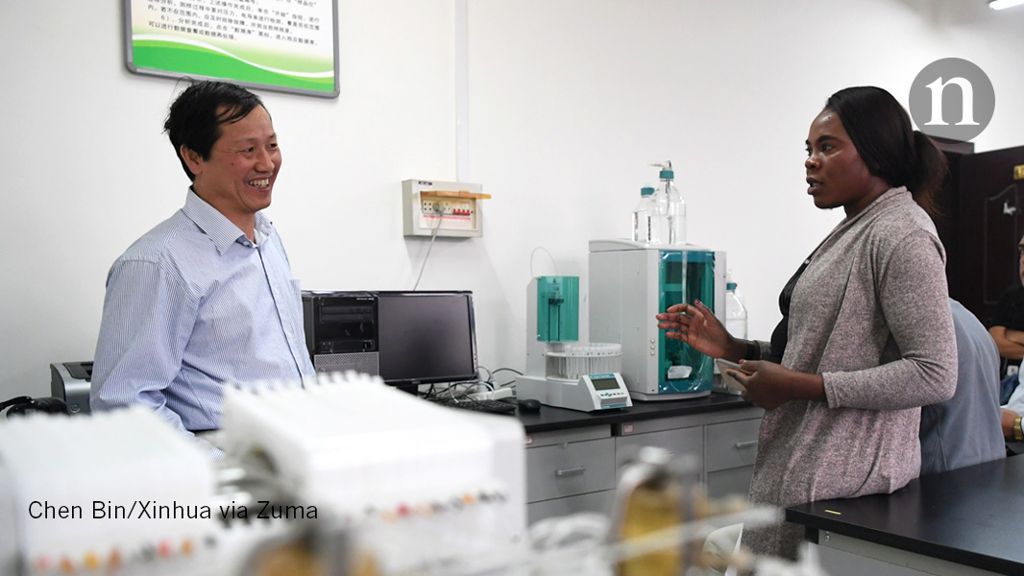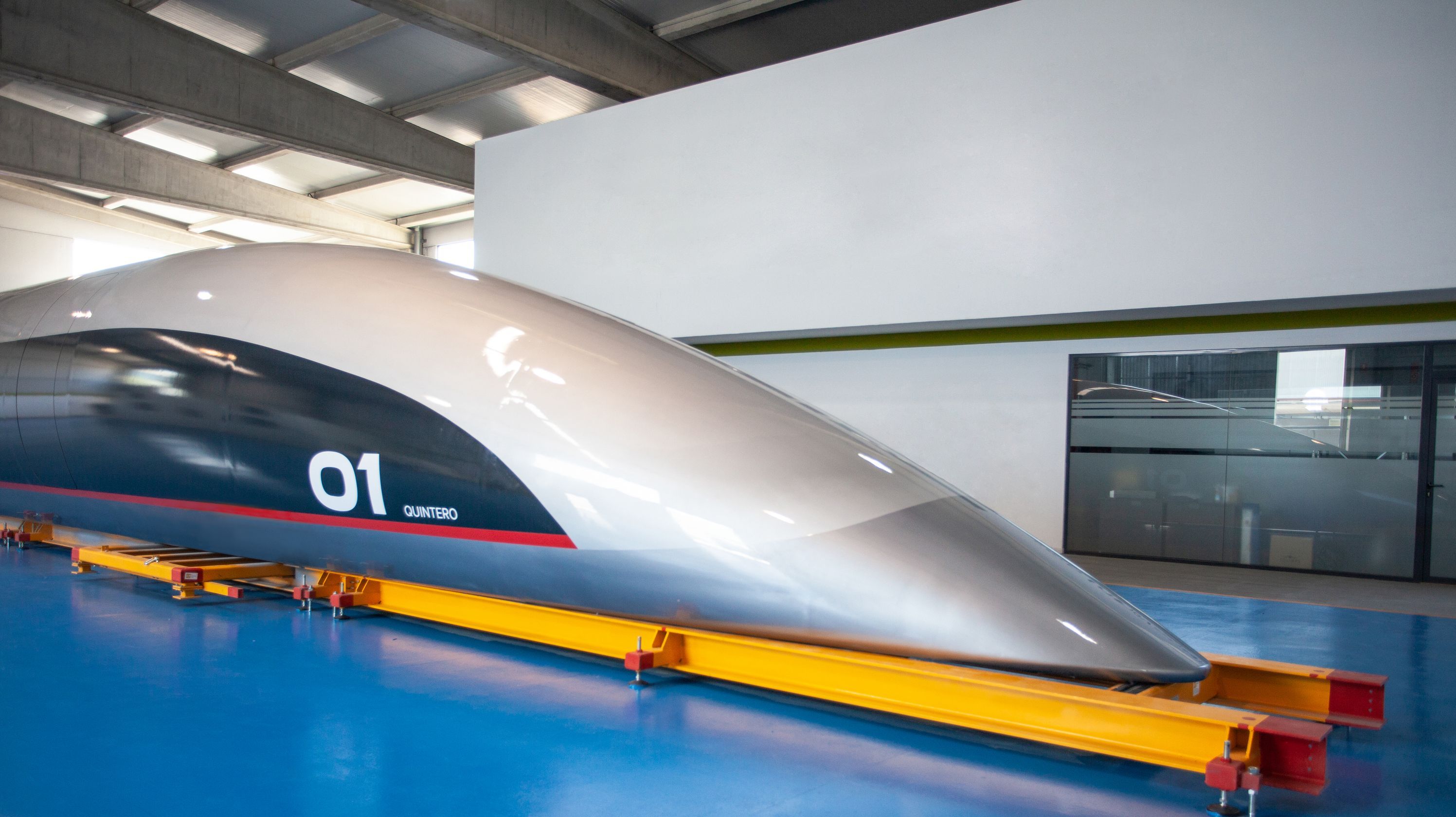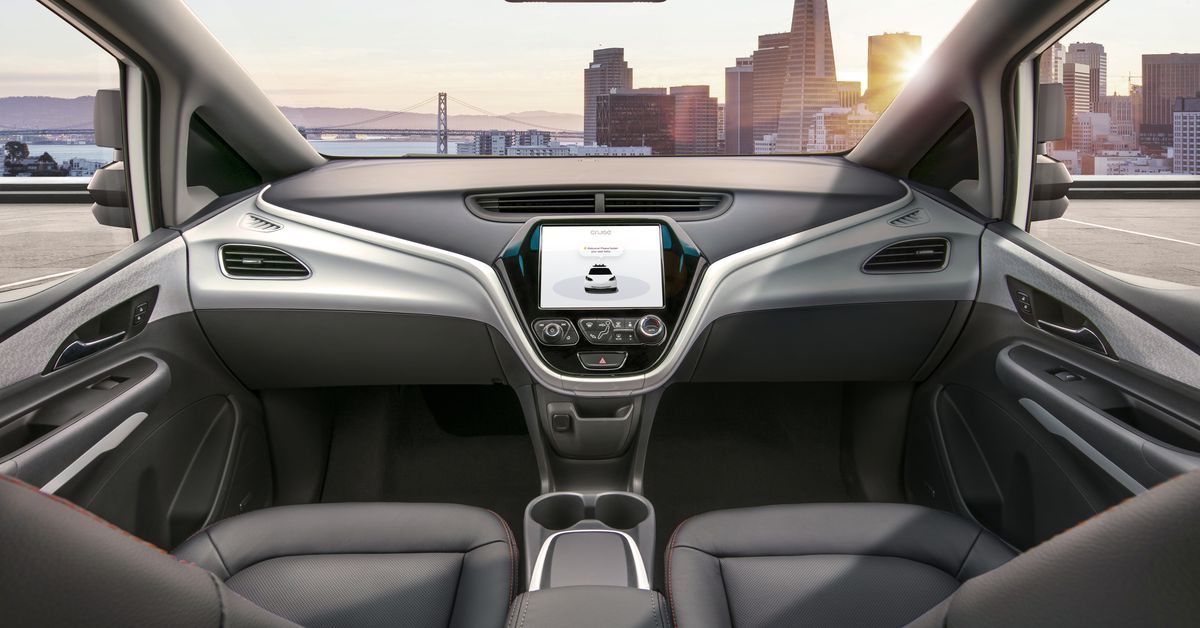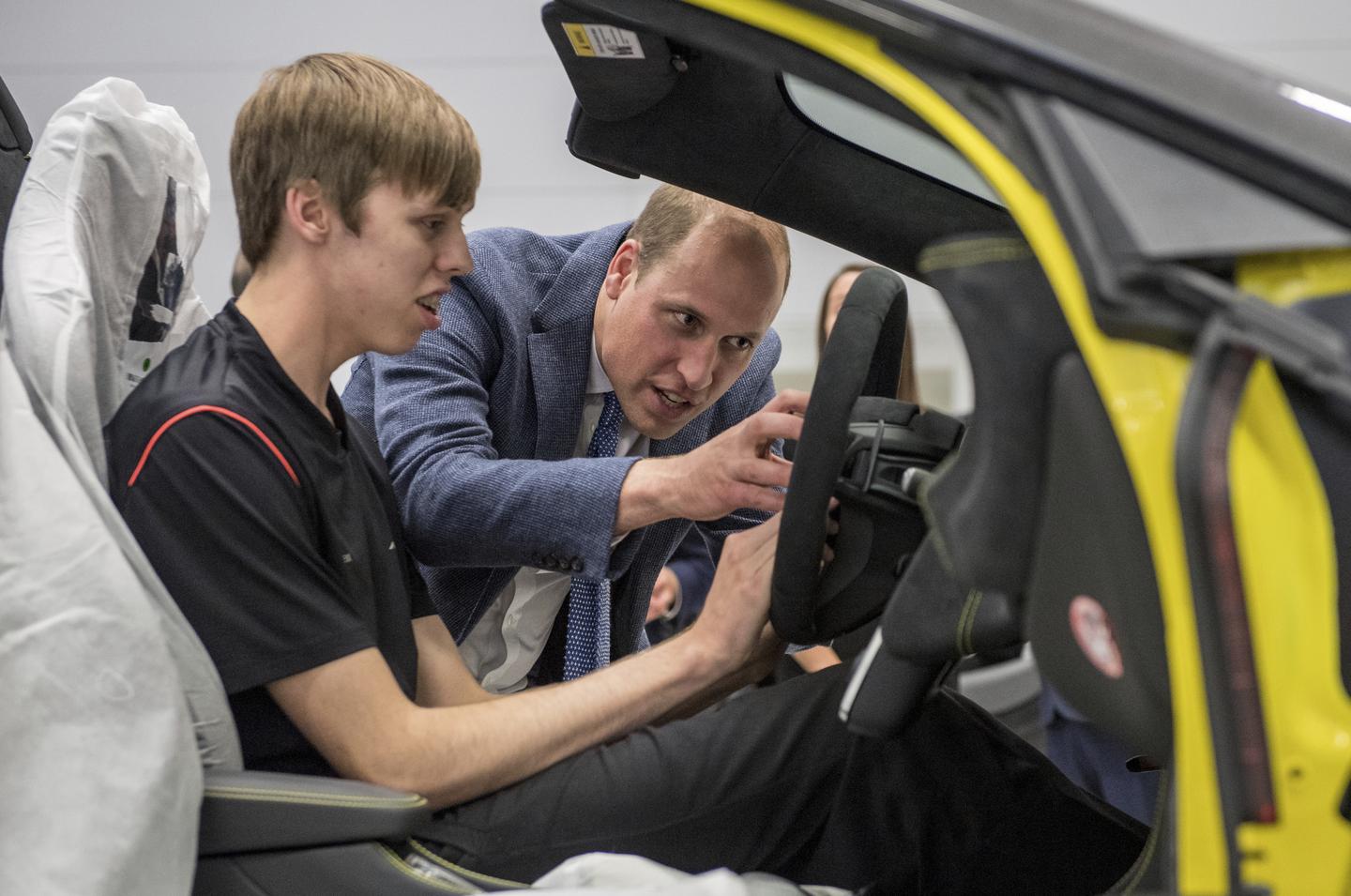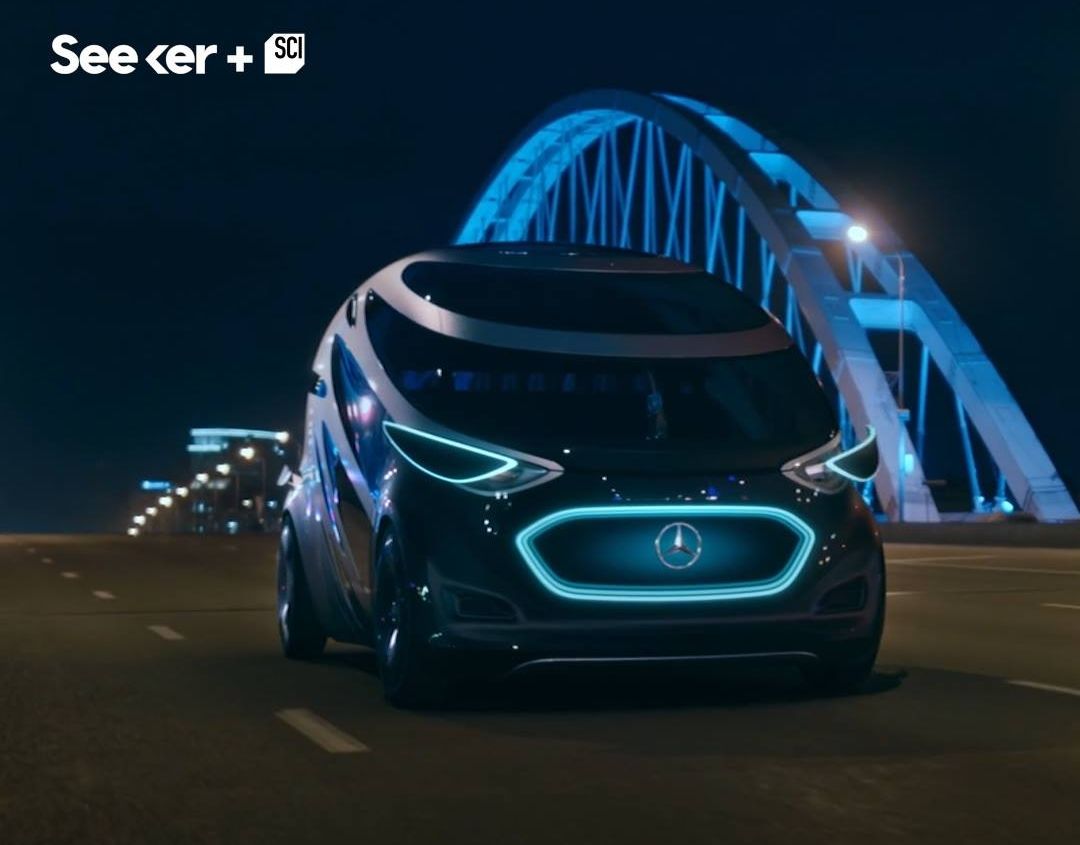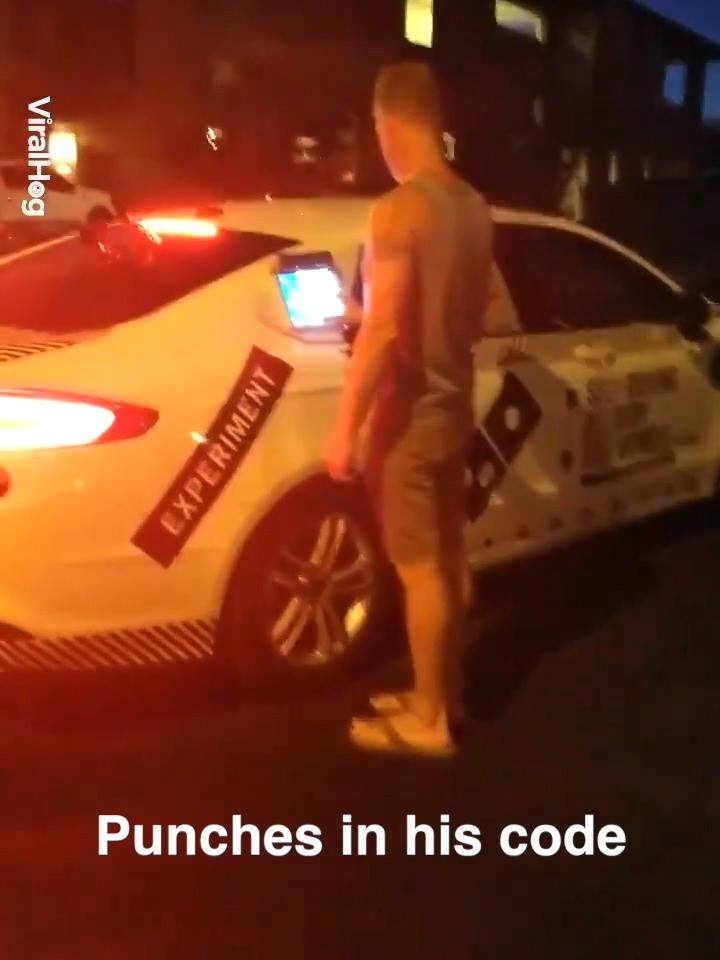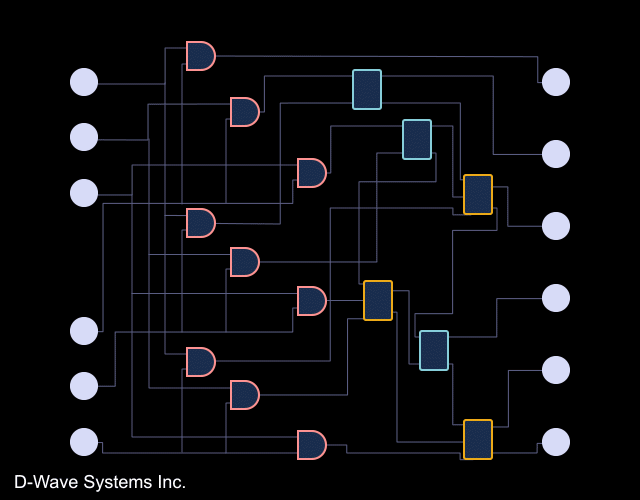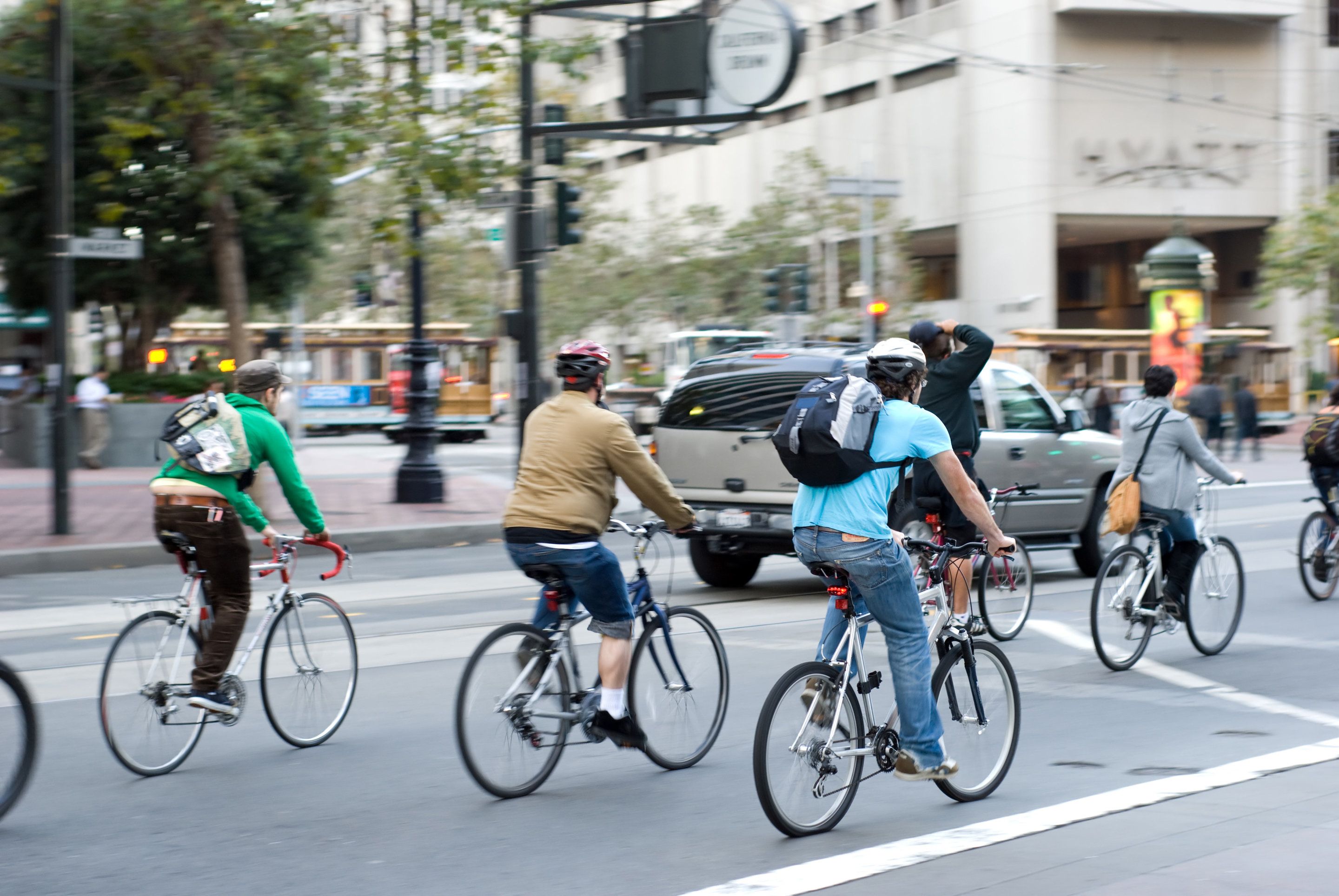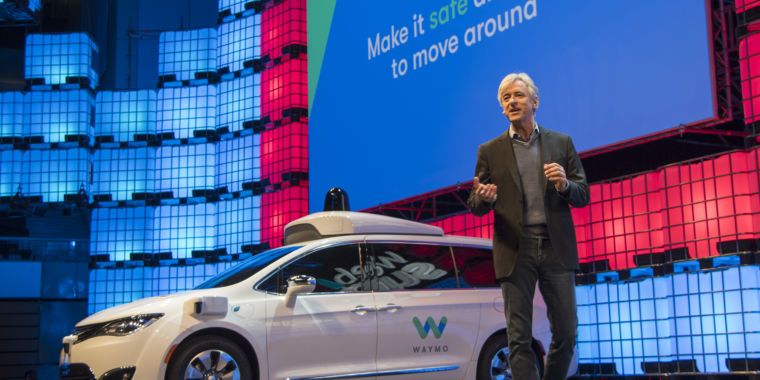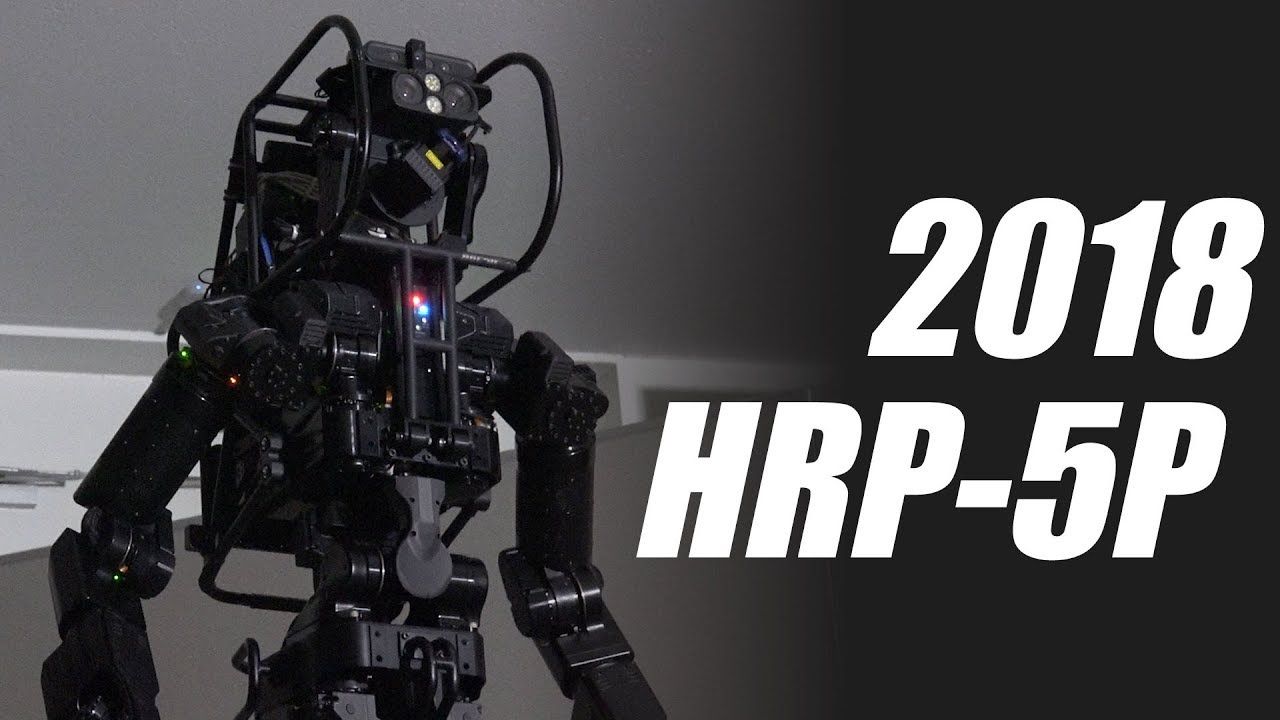Under current US safety rules, a motor vehicle must have traditional controls, like a steering wheel, mirrors, and foot pedals, before it is allowed to operate on public roads. But that could all change under a new plan released on Thursday by the Department of Transportation that’s intended to open the floodgates for fully driverless cars.
The department, through the National Highway Traffic Safety Administration, “intends to reconsider the necessity and appropriateness of its current safety standards” as applied to autonomous vehicles, the 80-page document reads. In particular, regulators say they will look to change those safety standards “to accommodate automated vehicle technologies and the possibility of setting exceptions to certain standards — that are relevant only when human drivers are present.”
Read more
